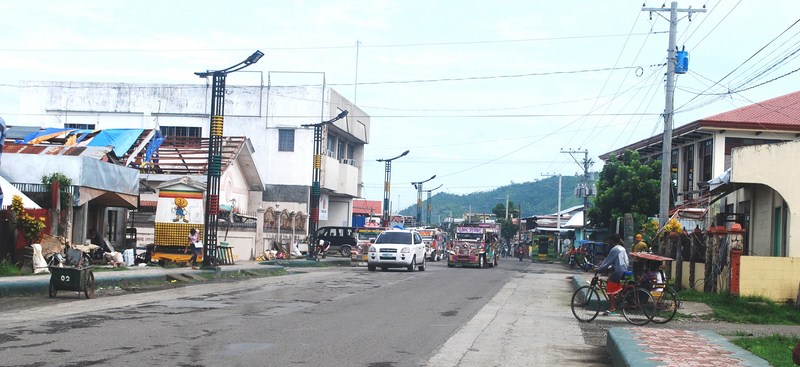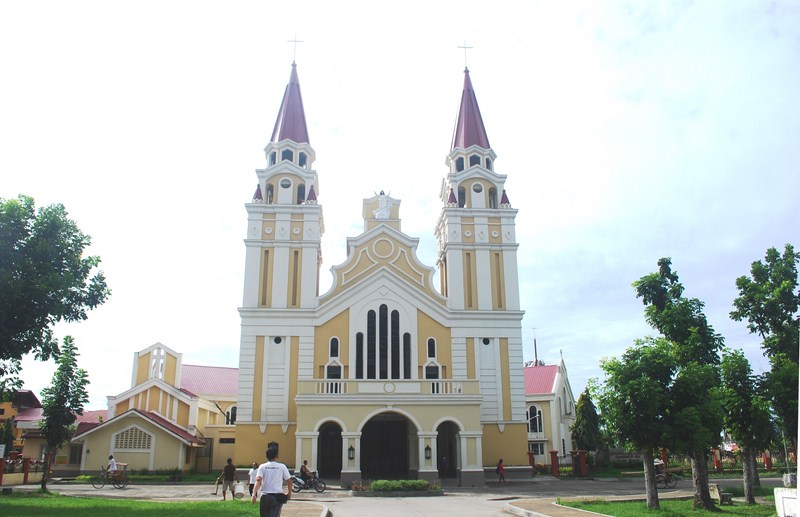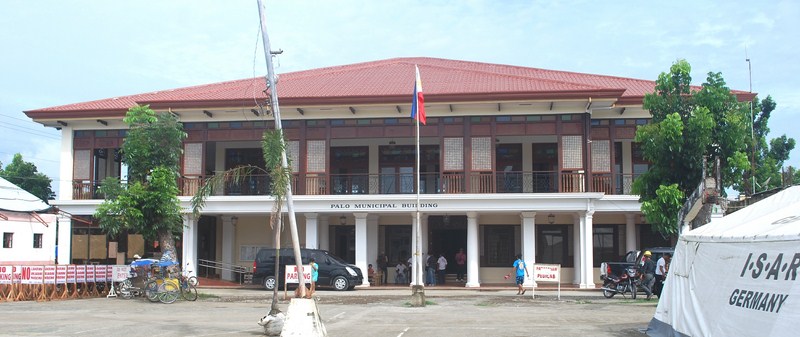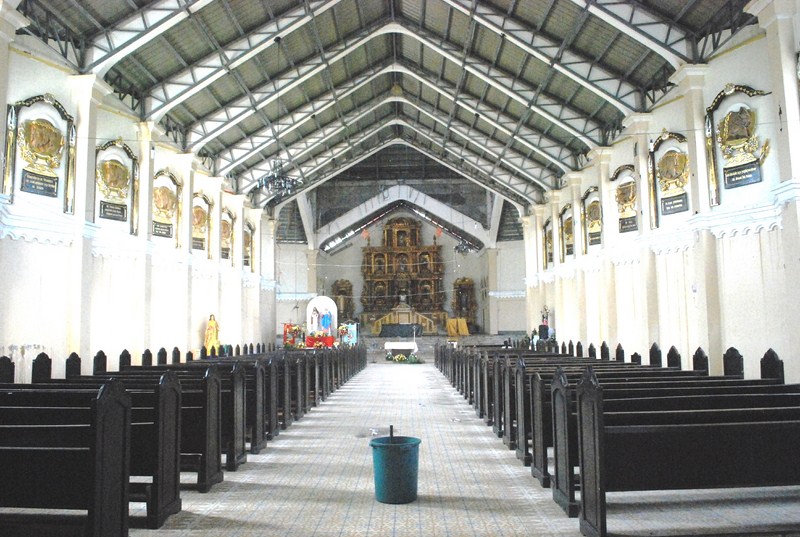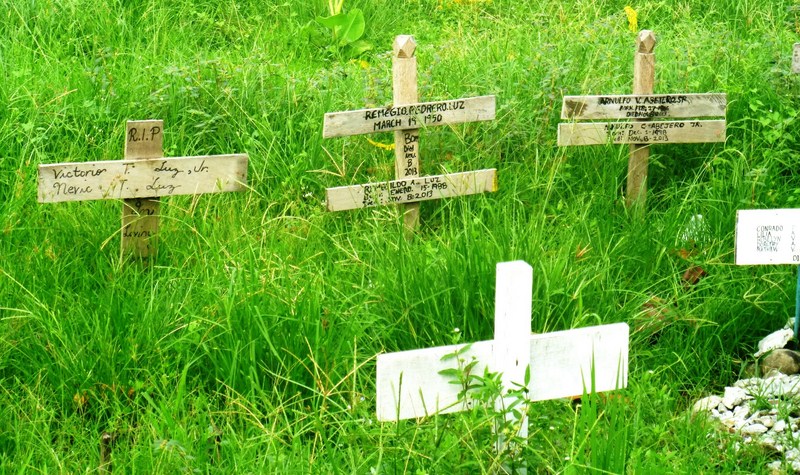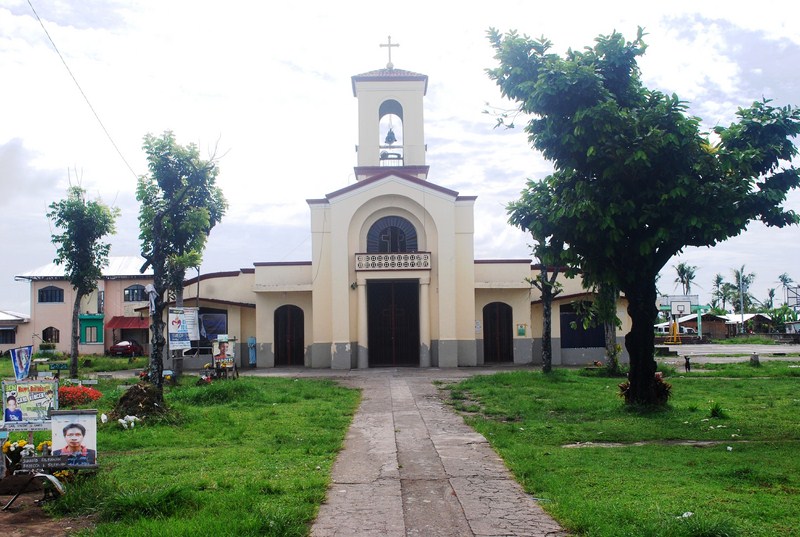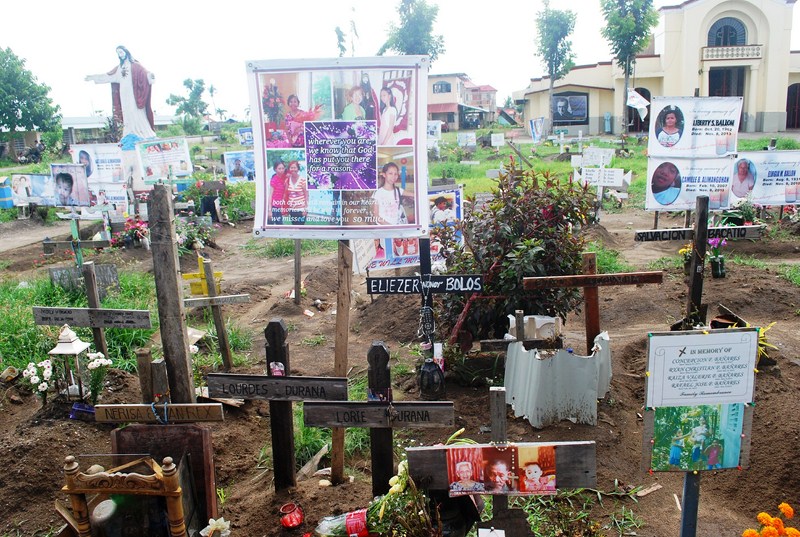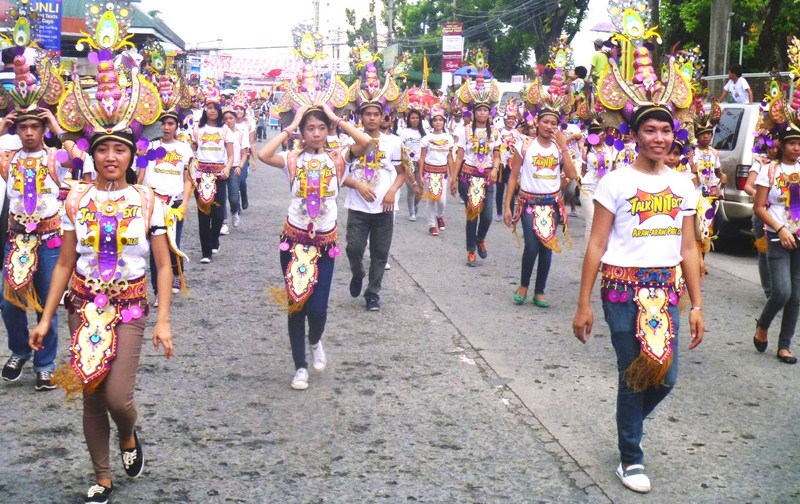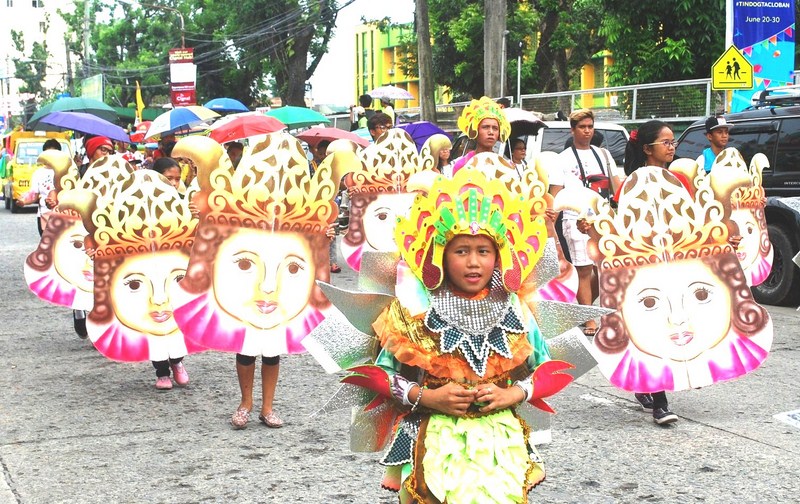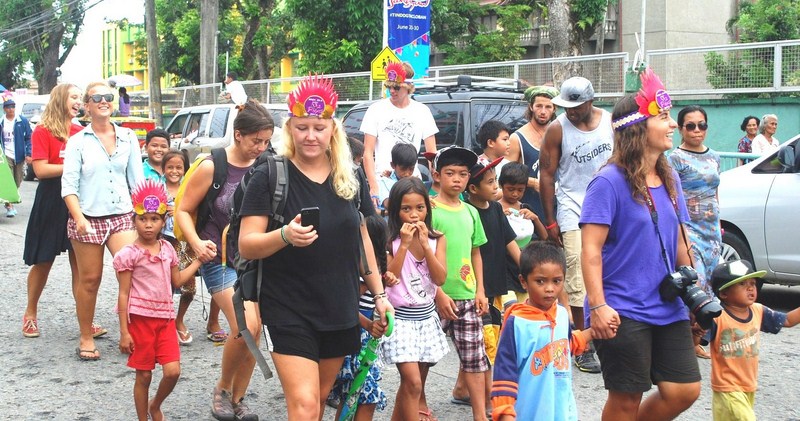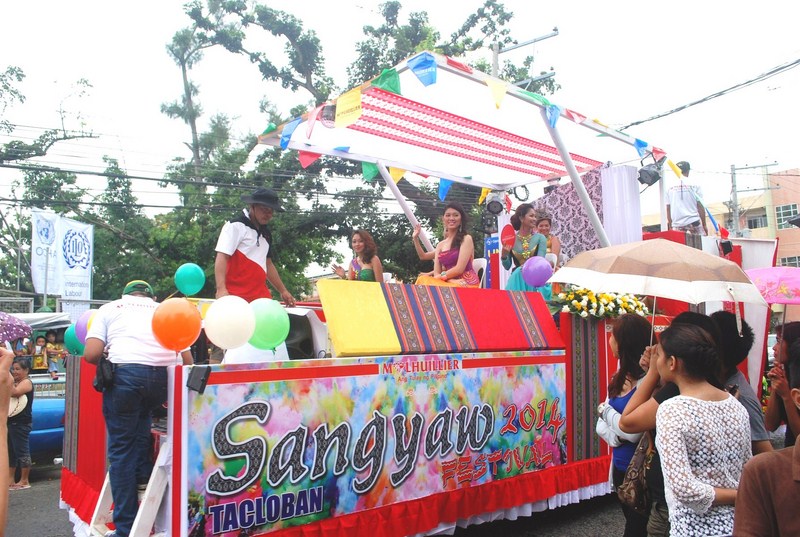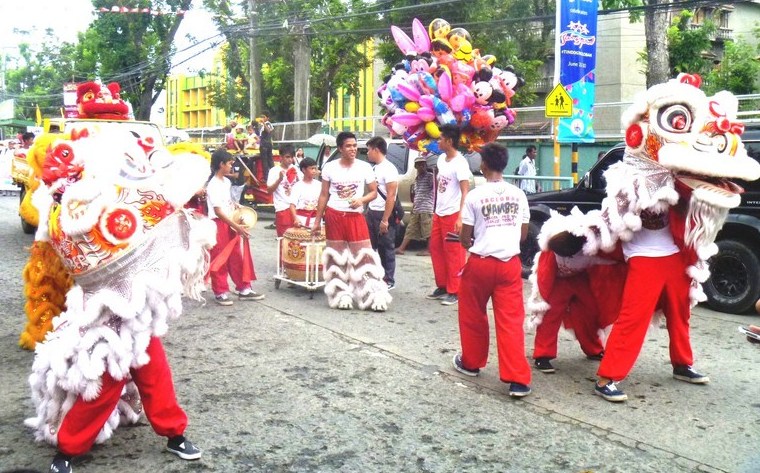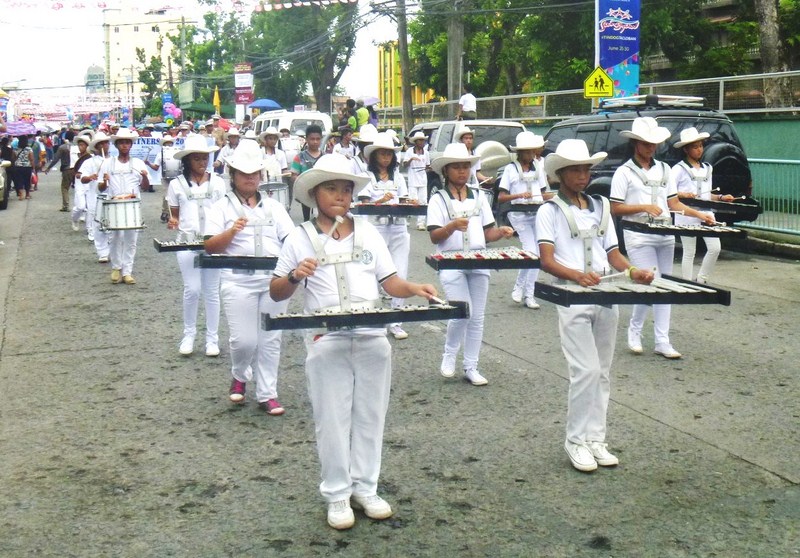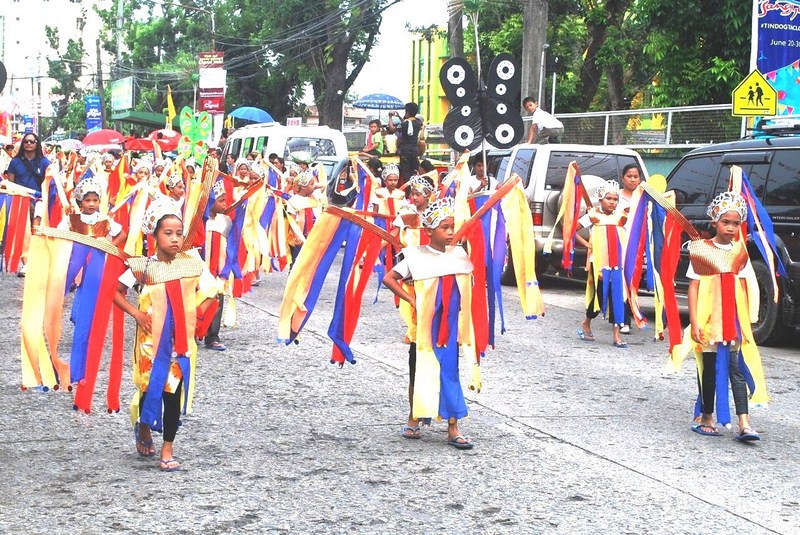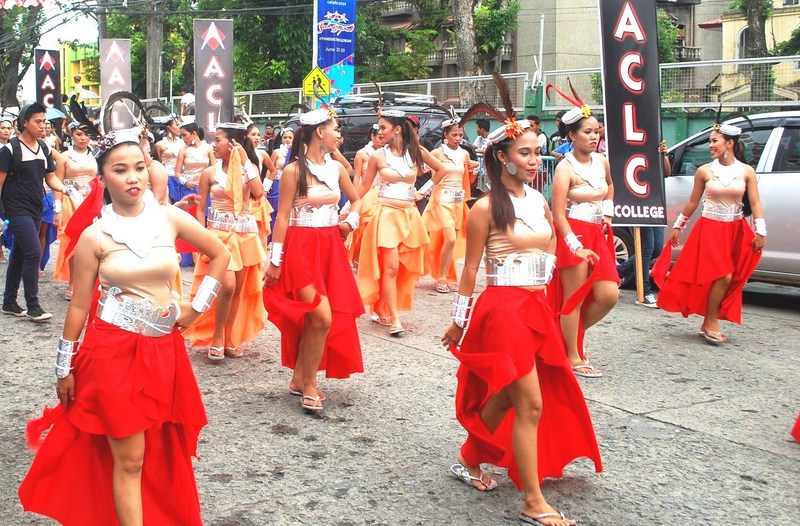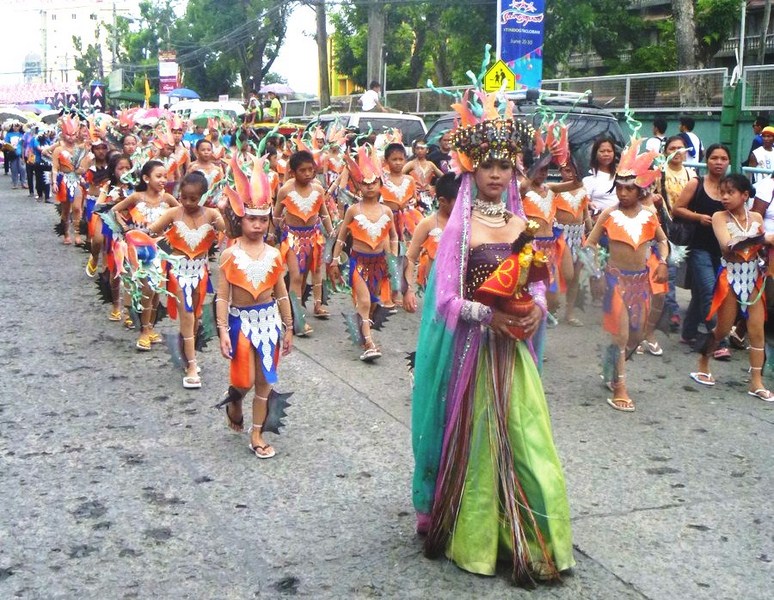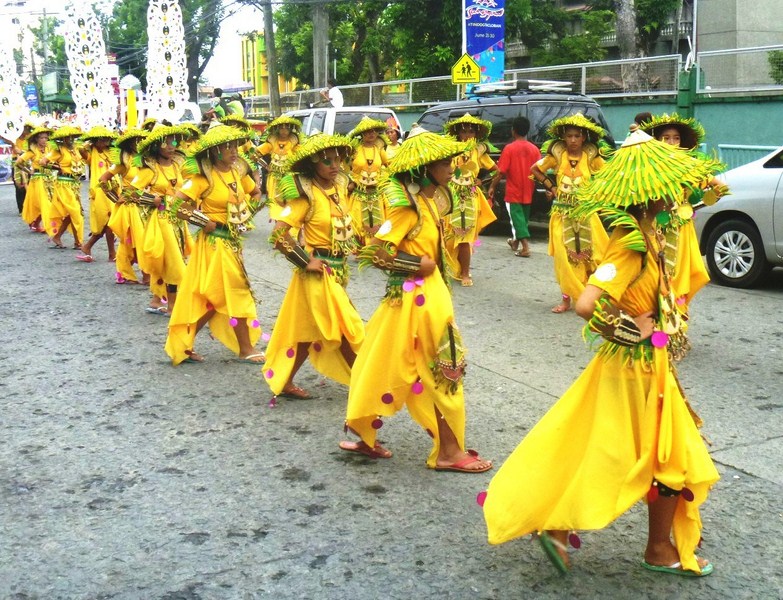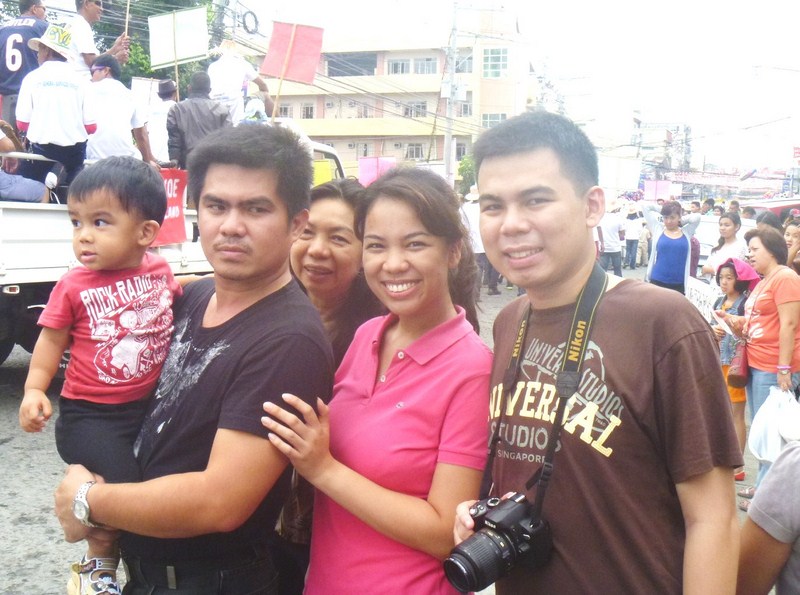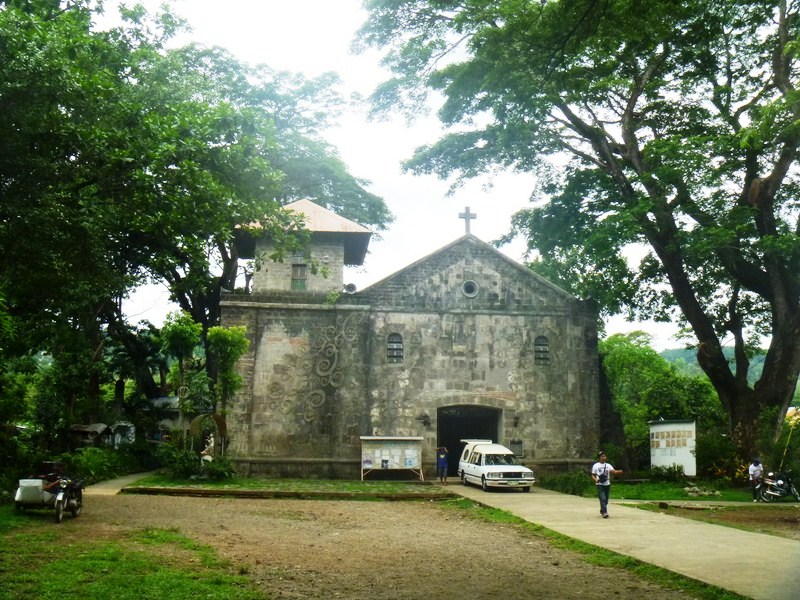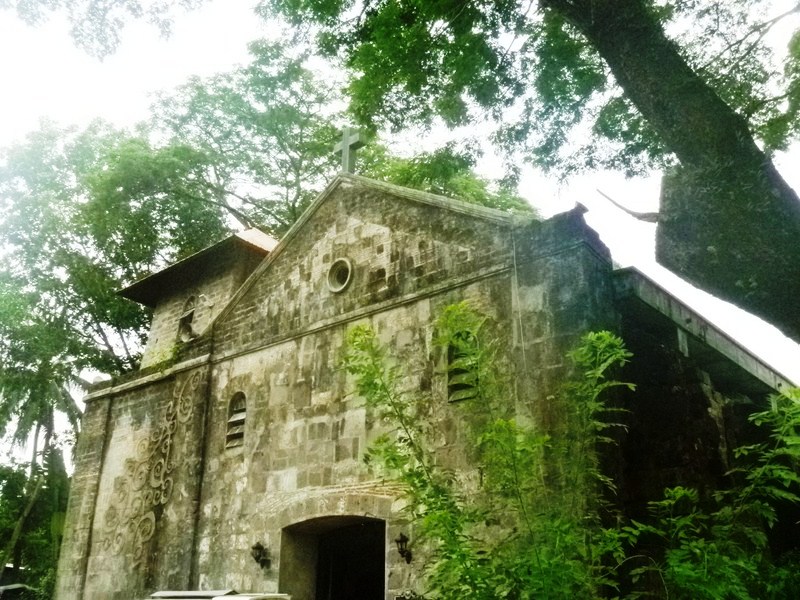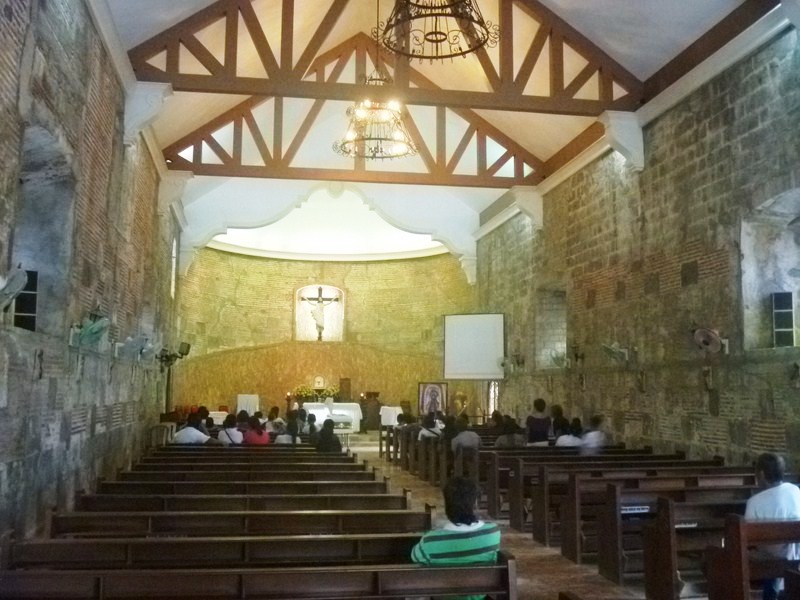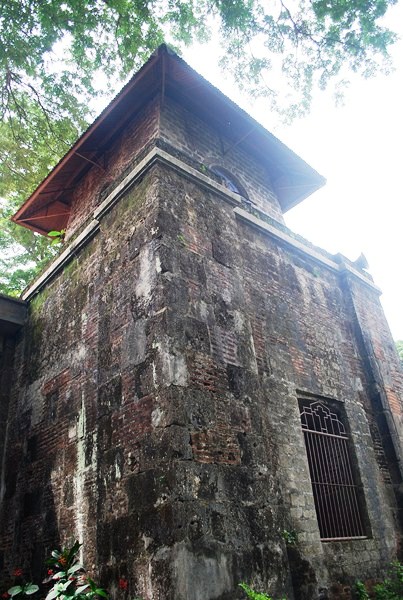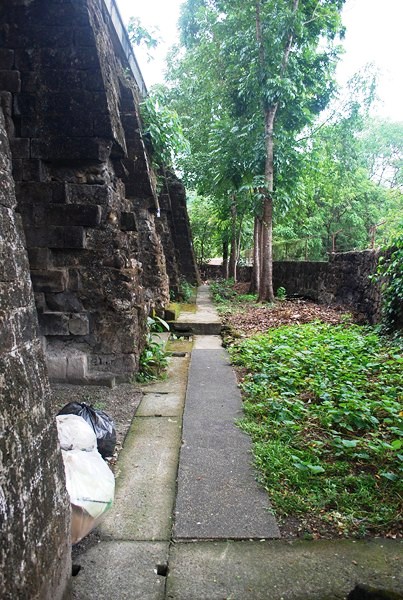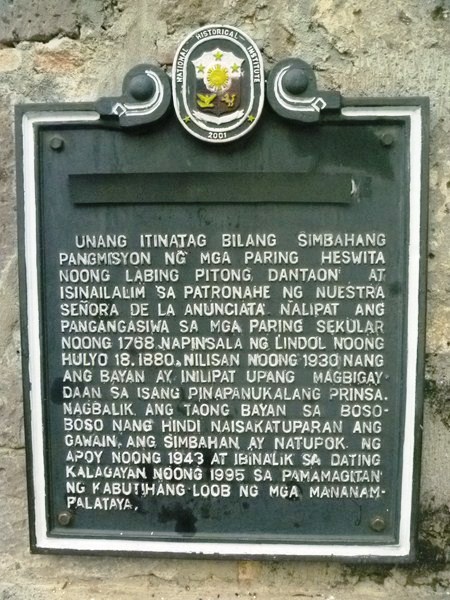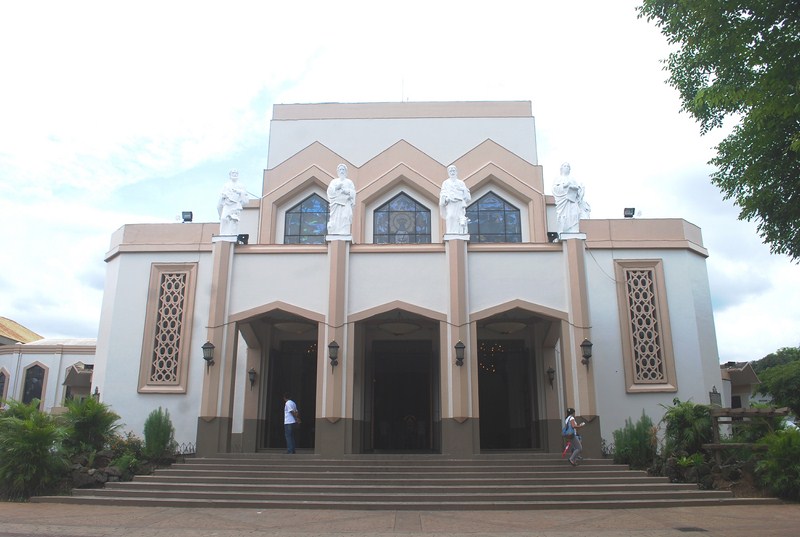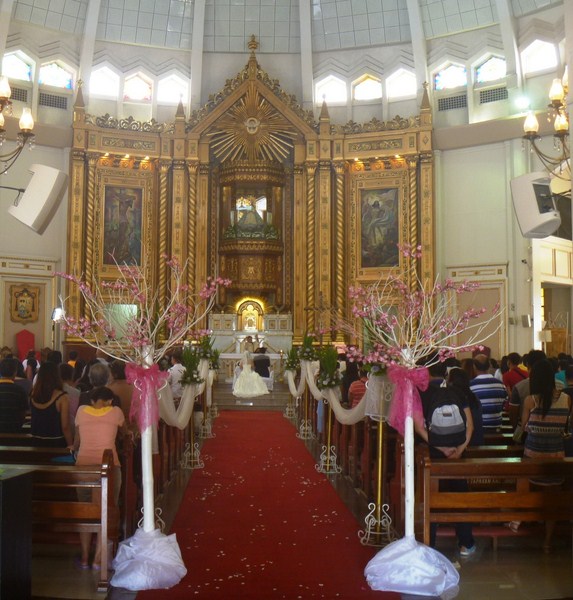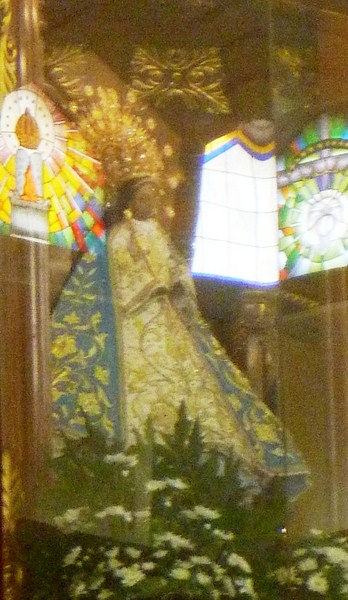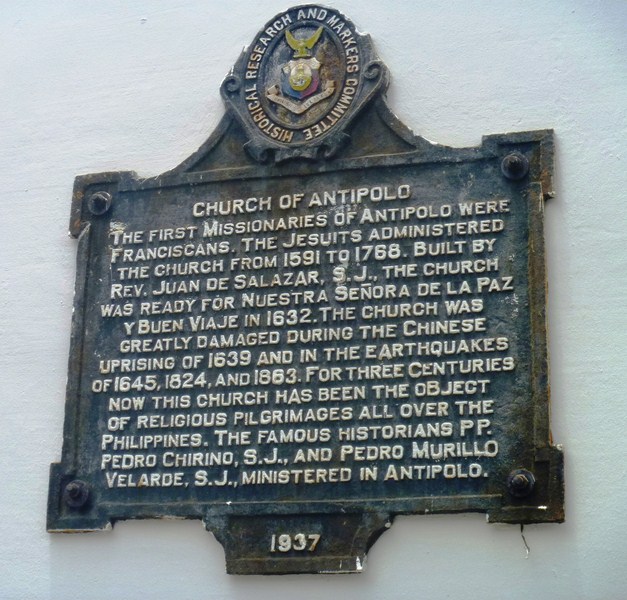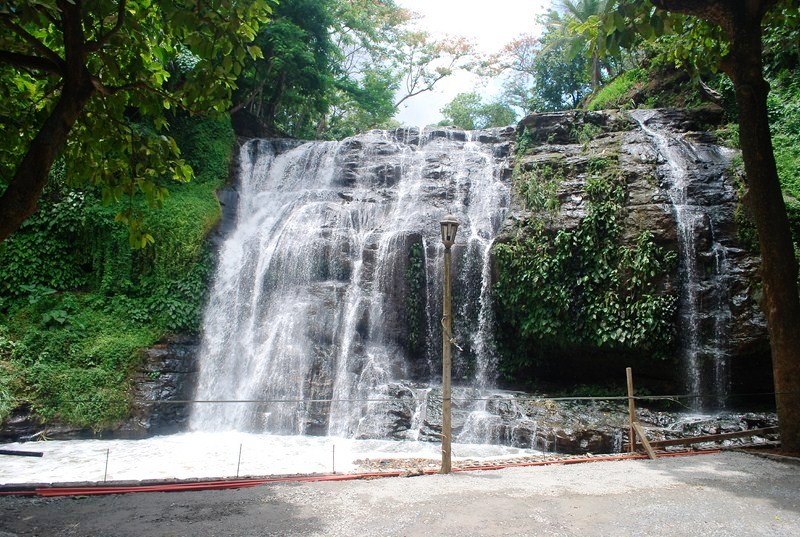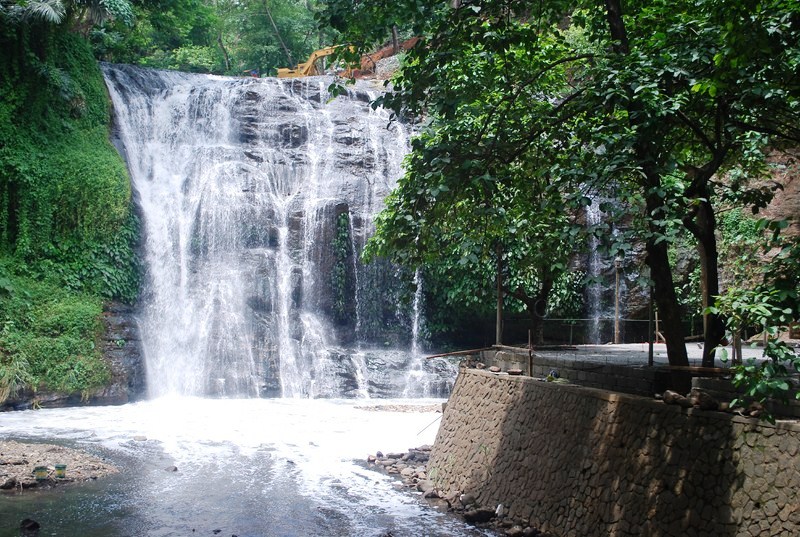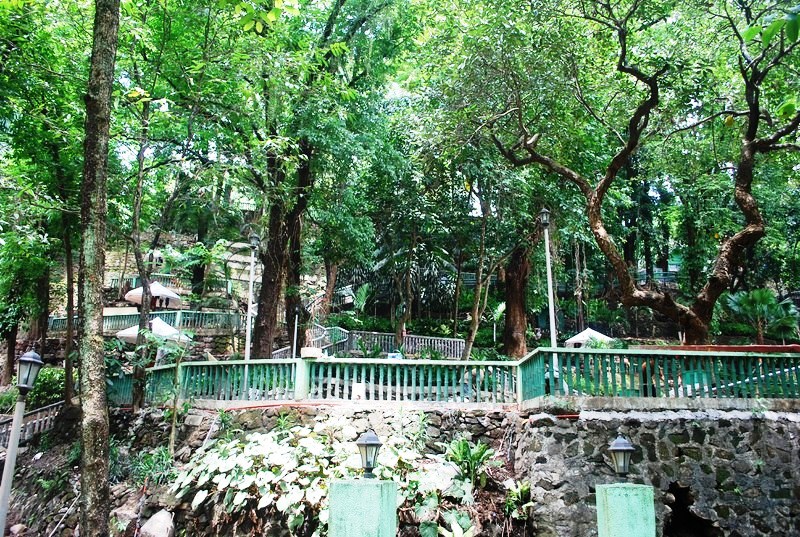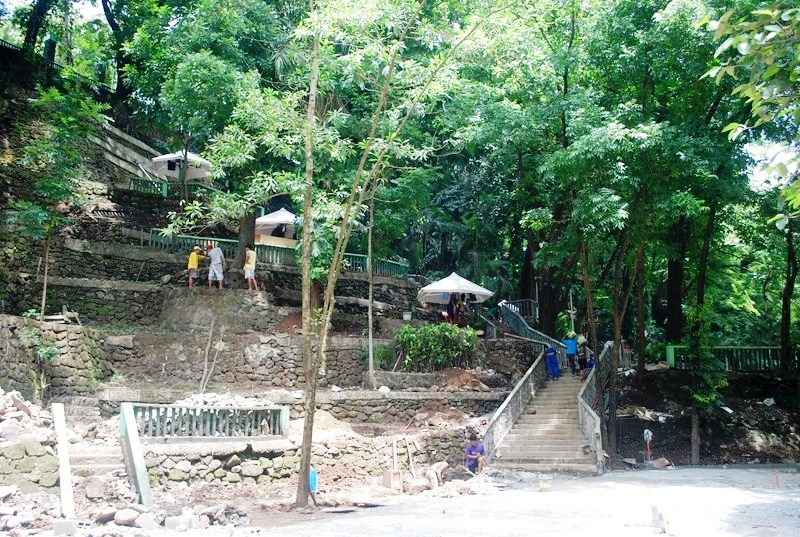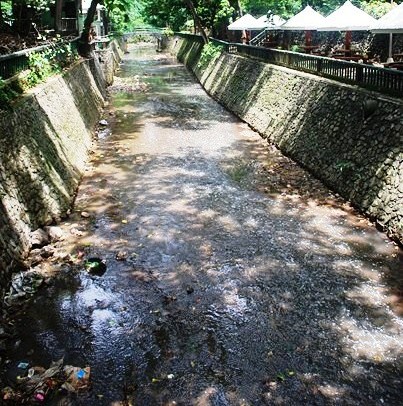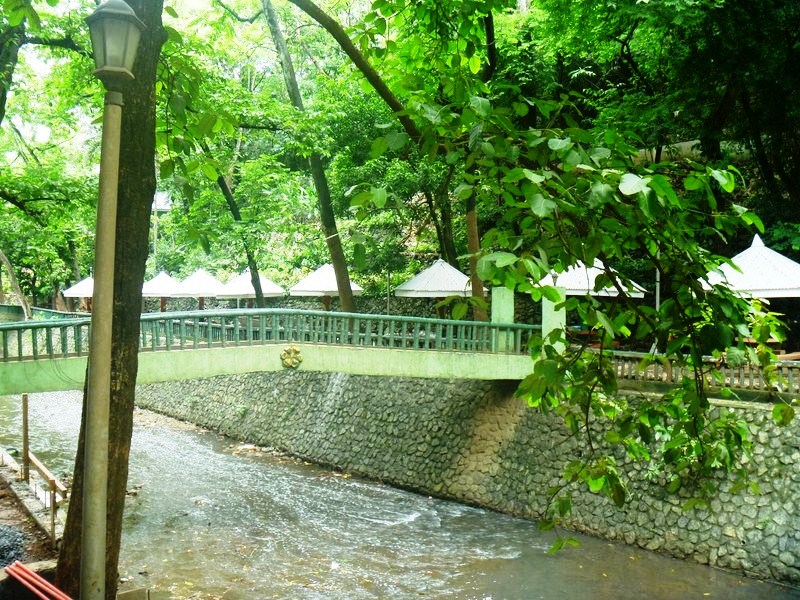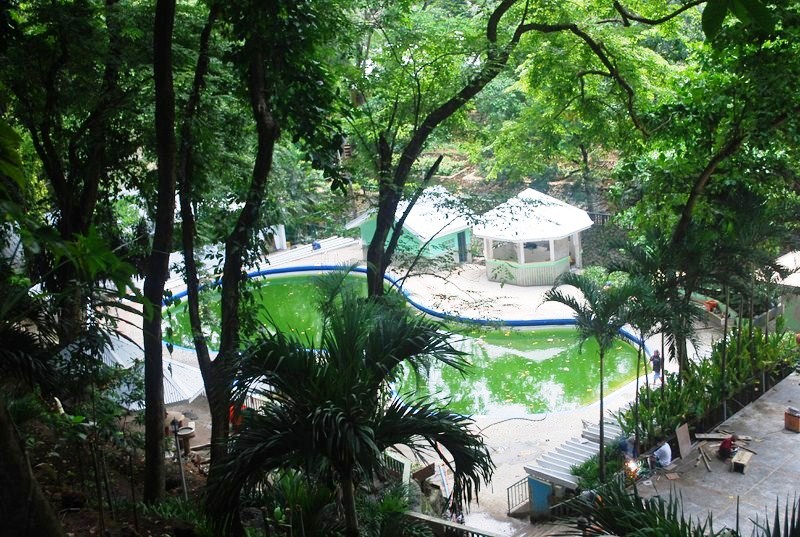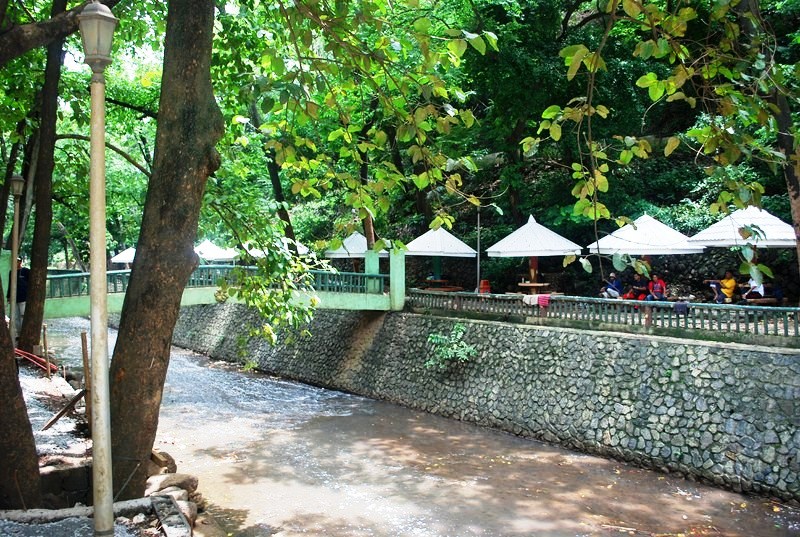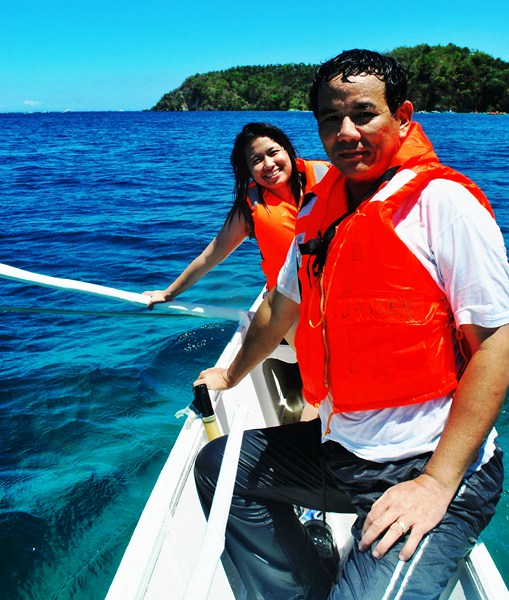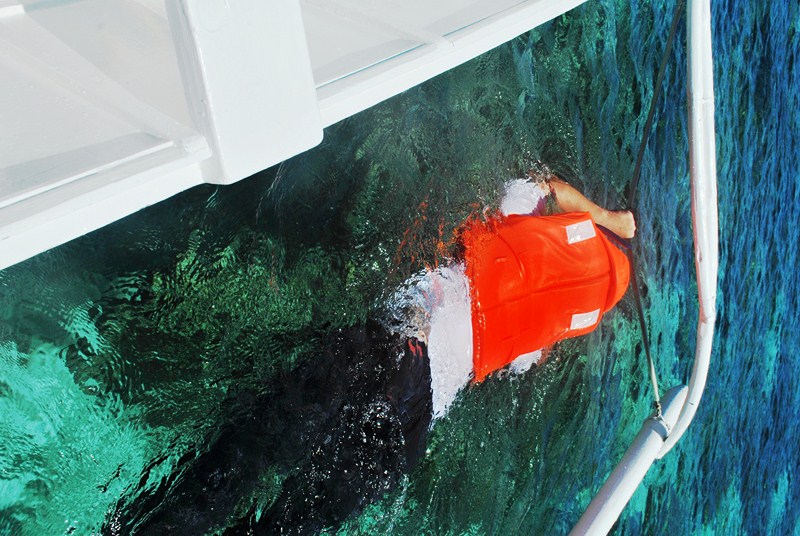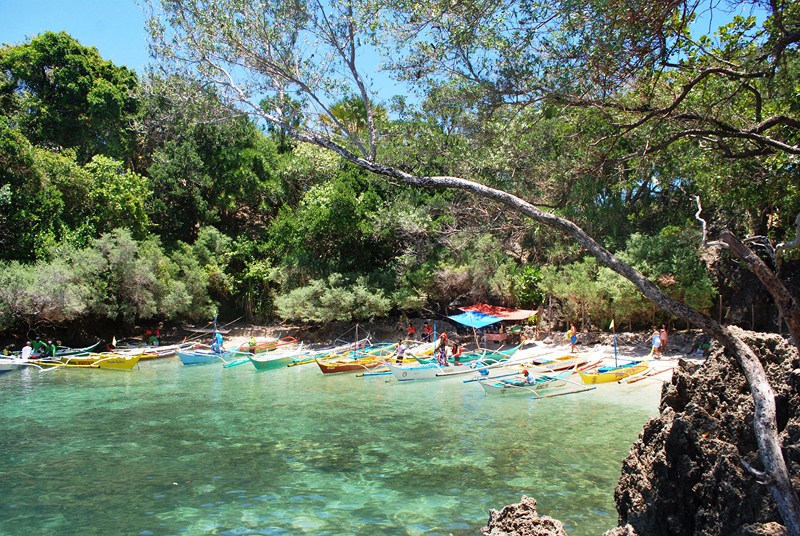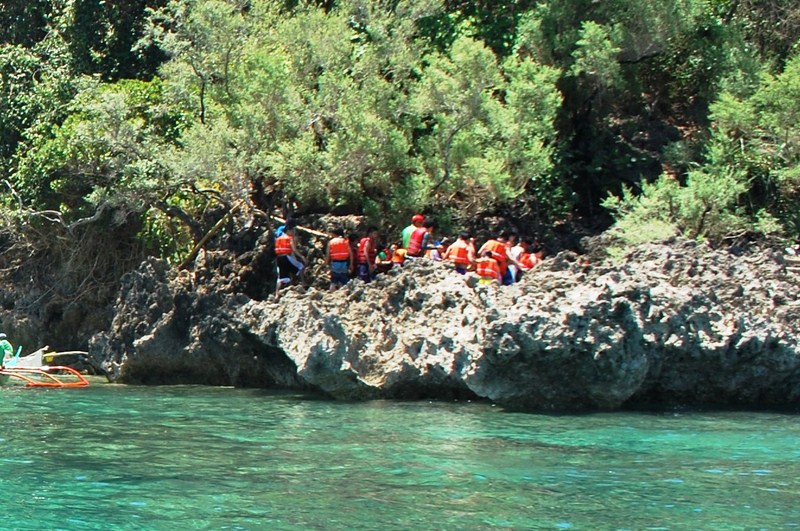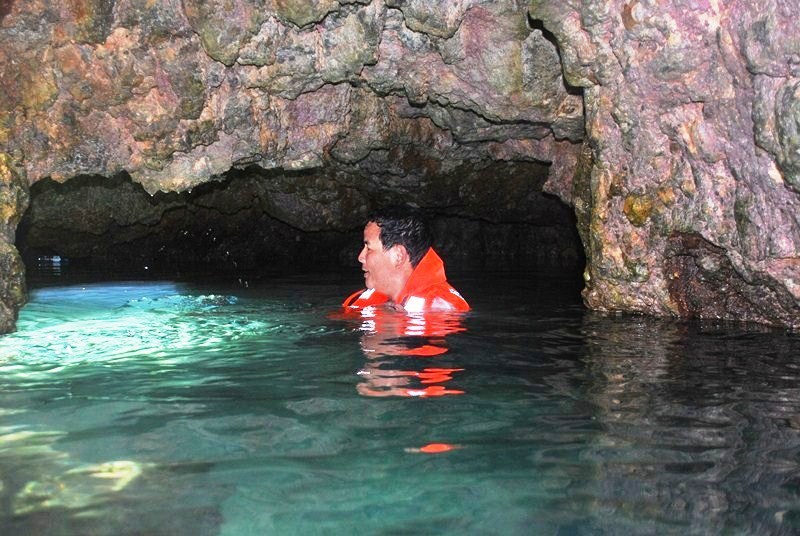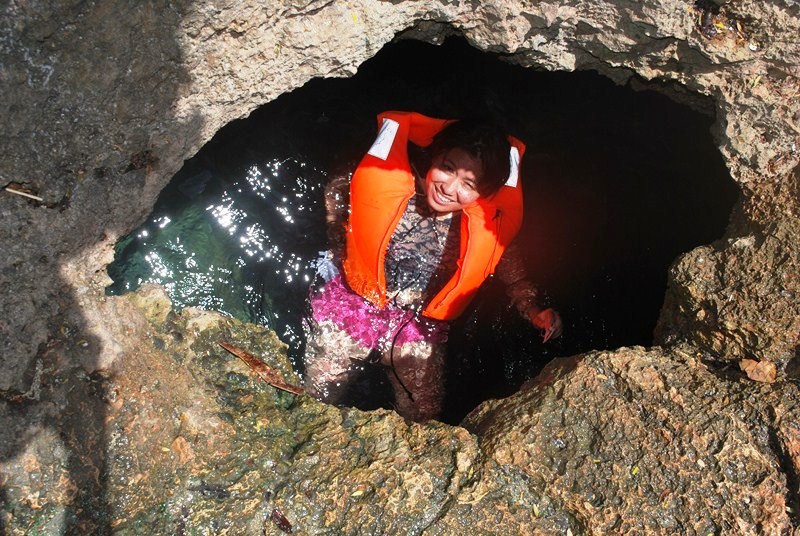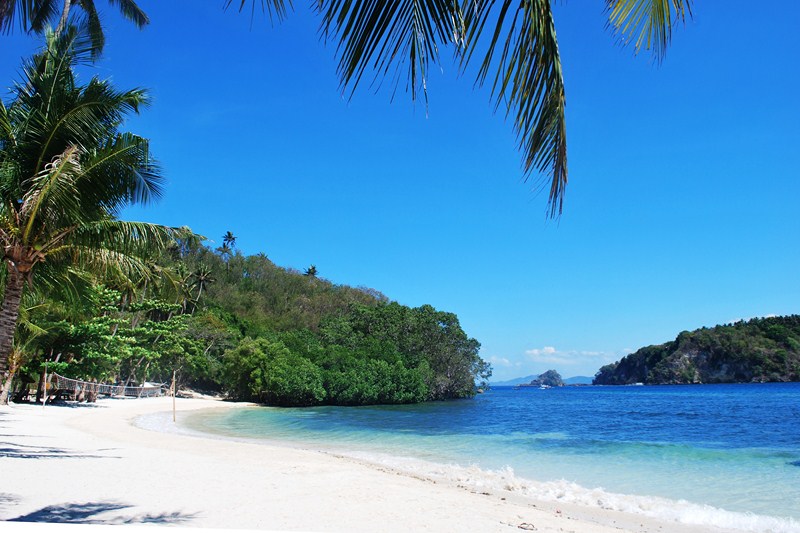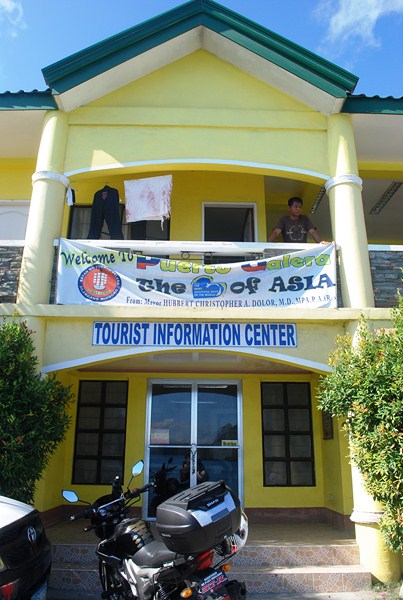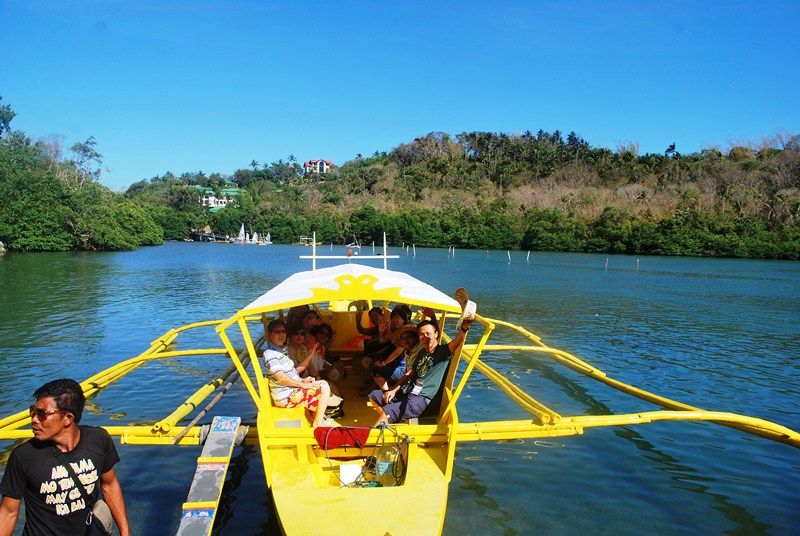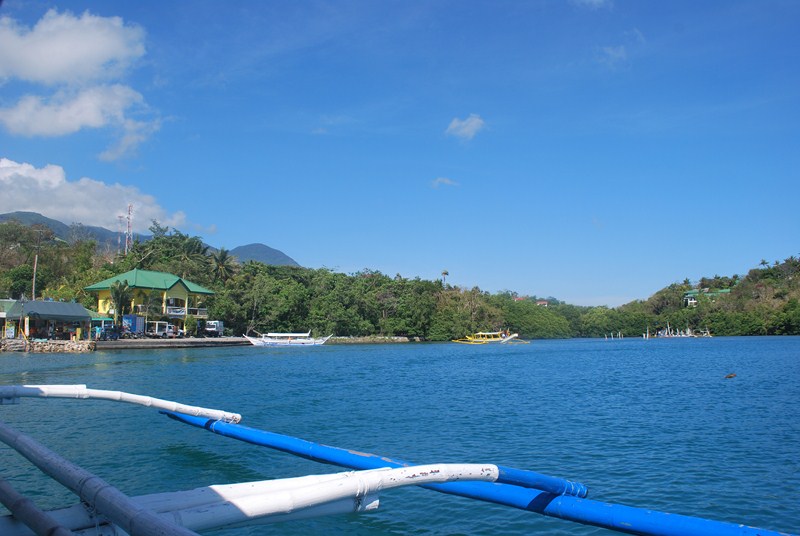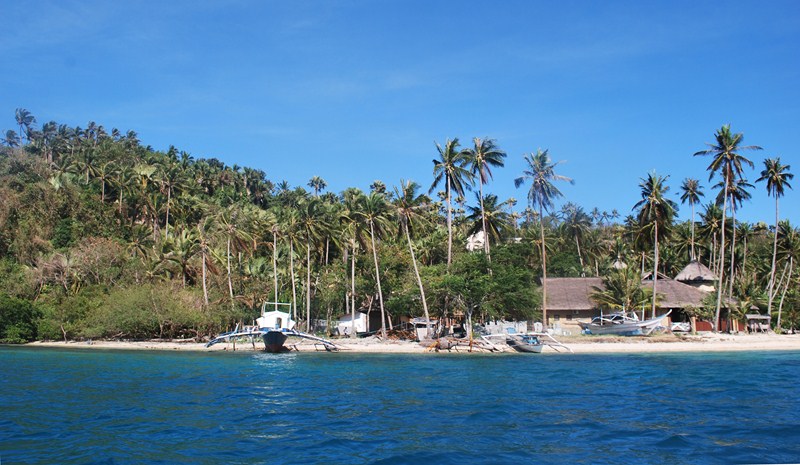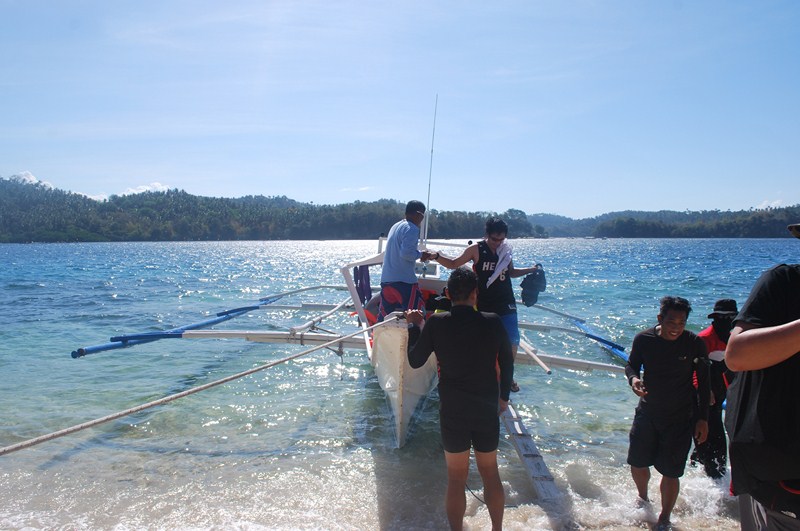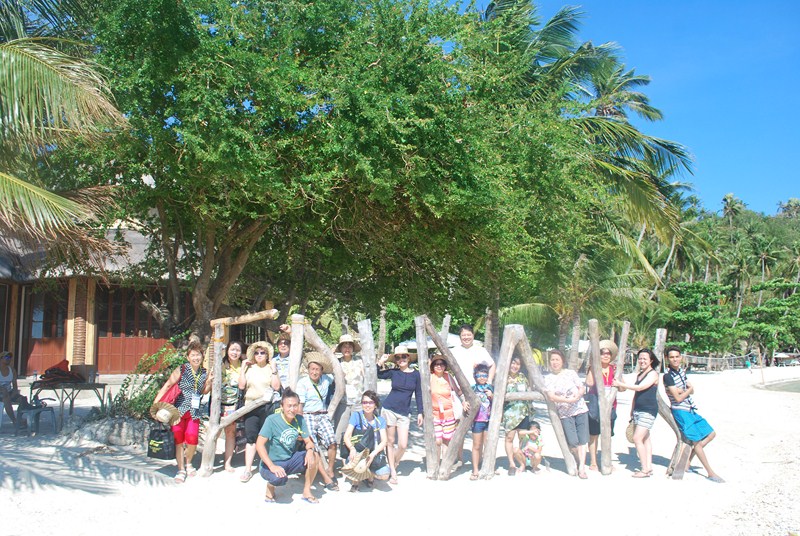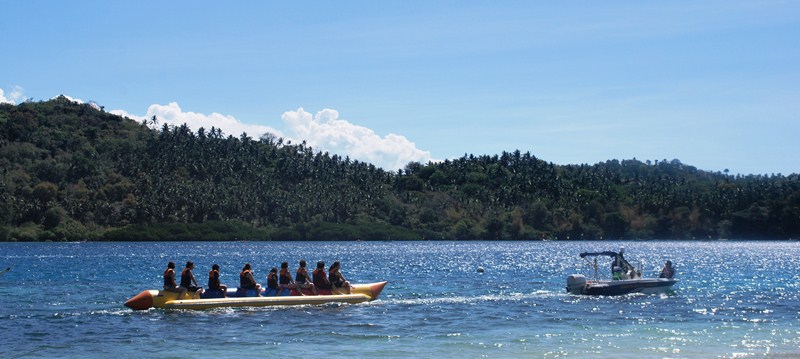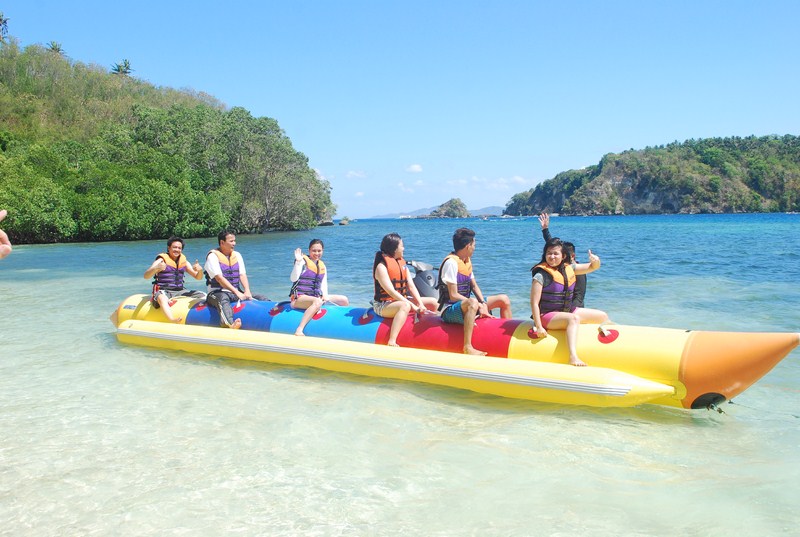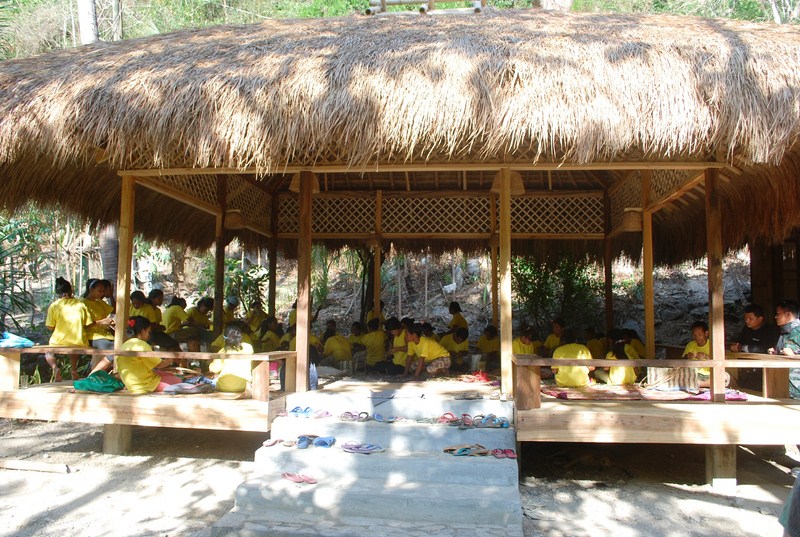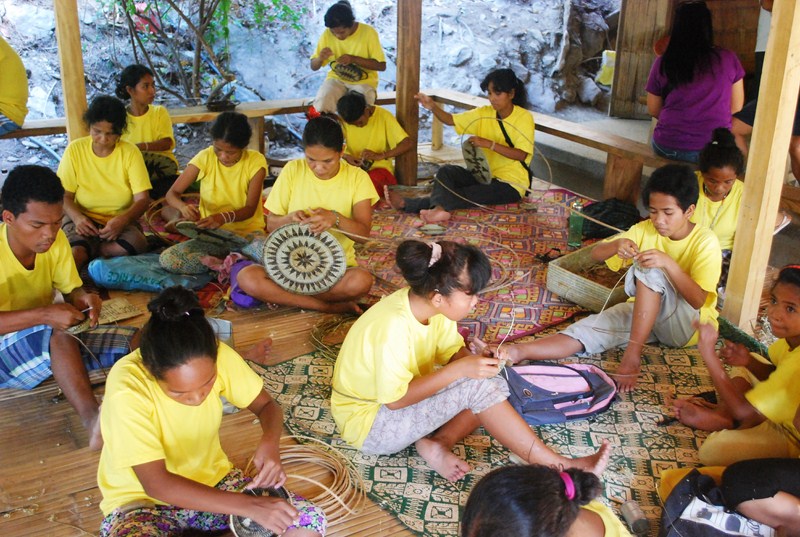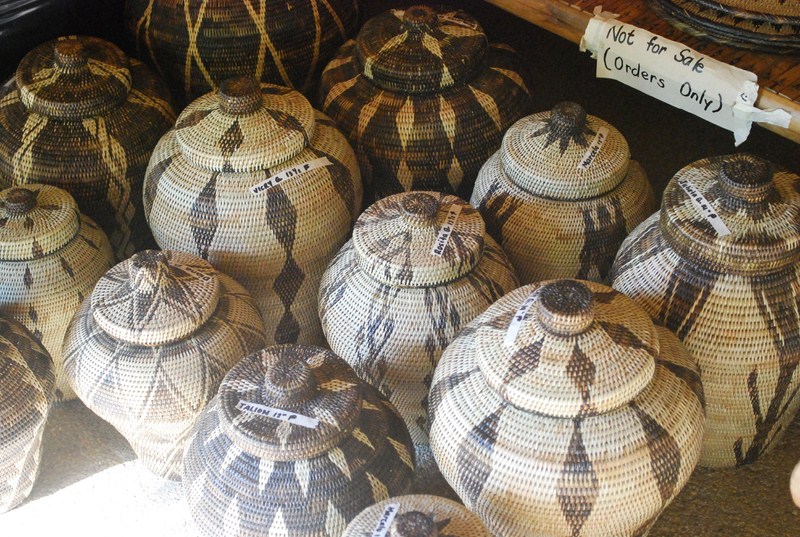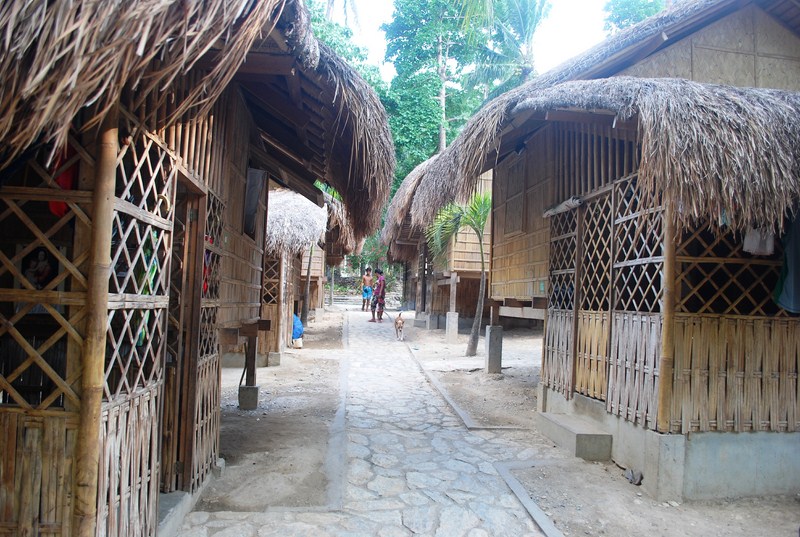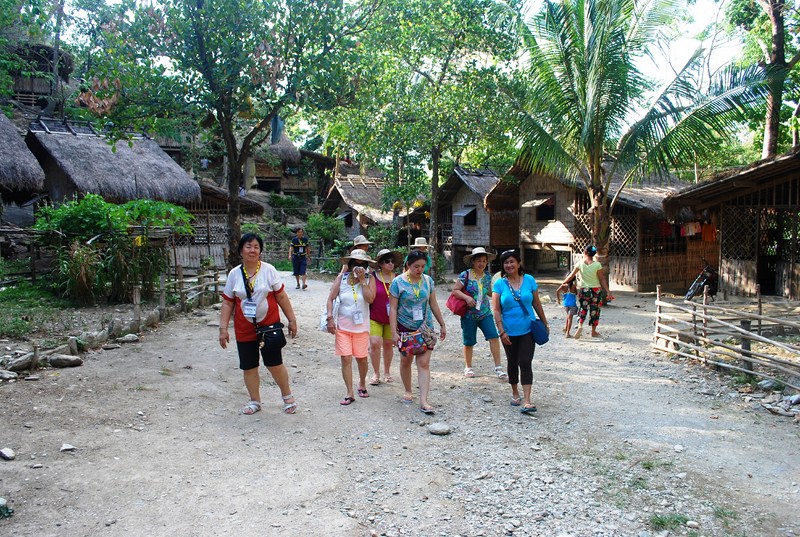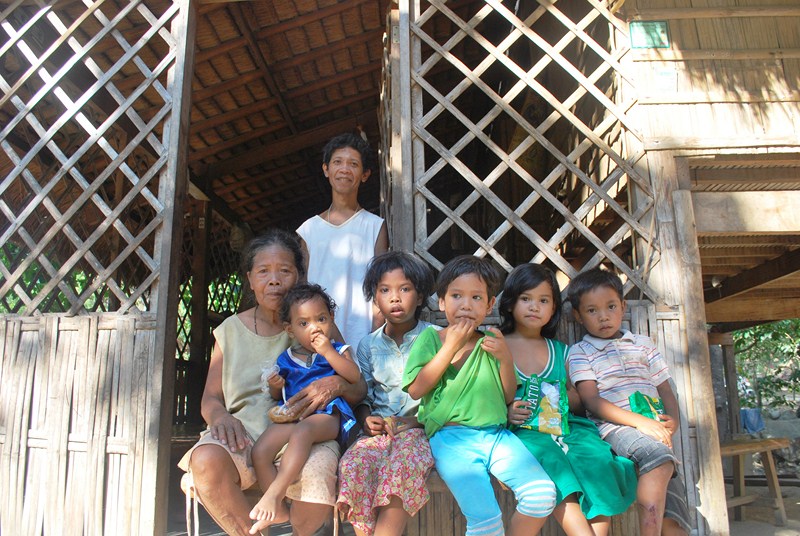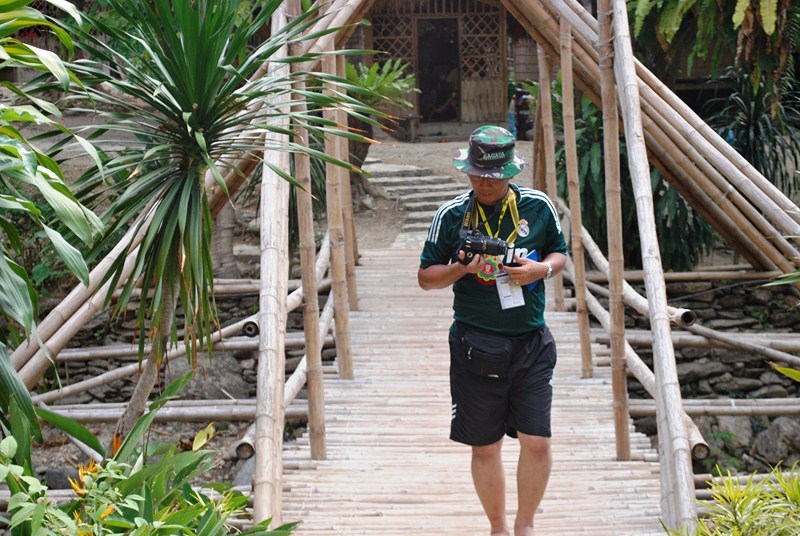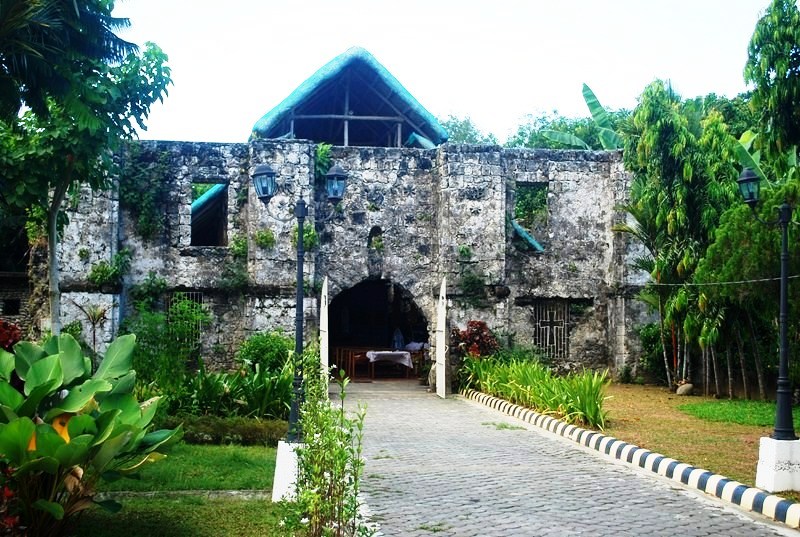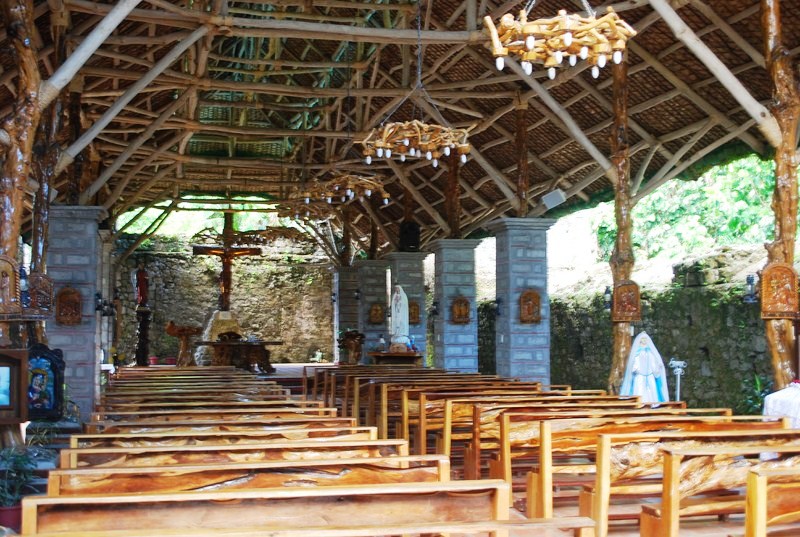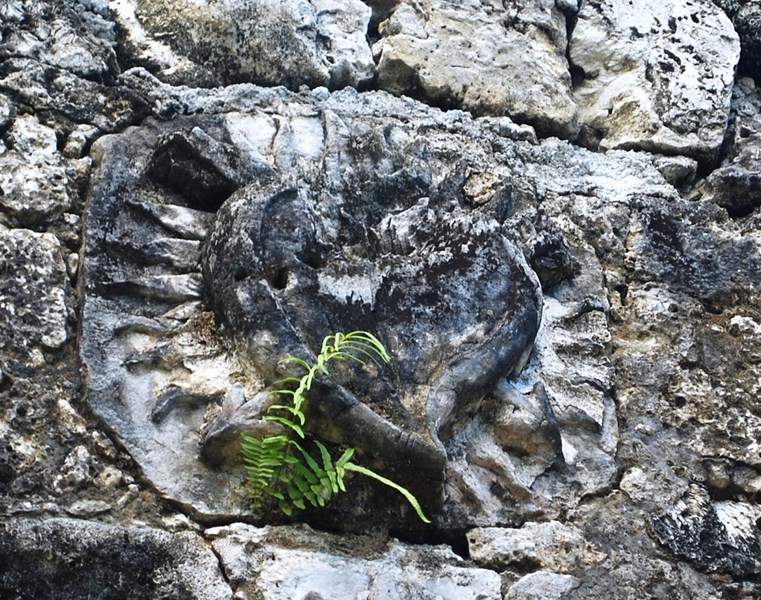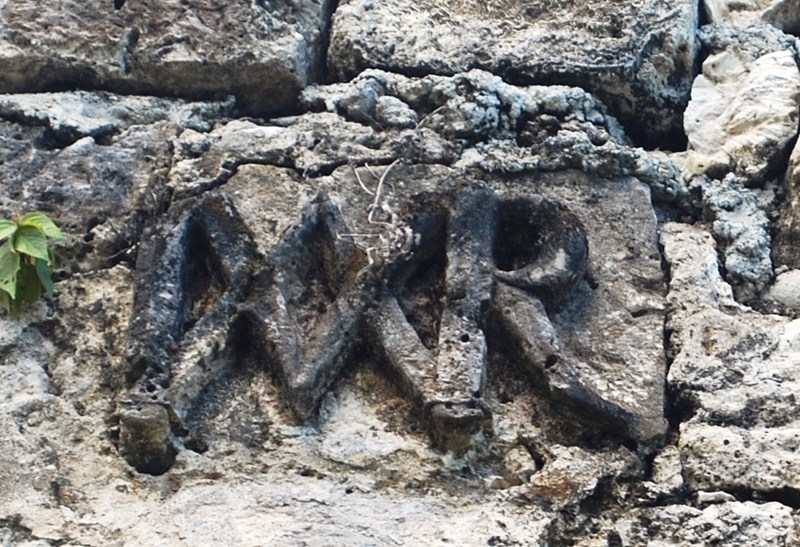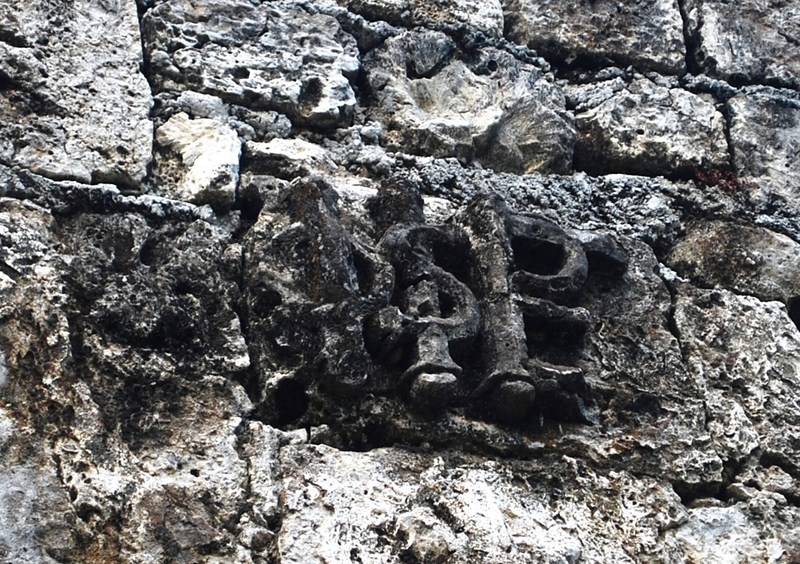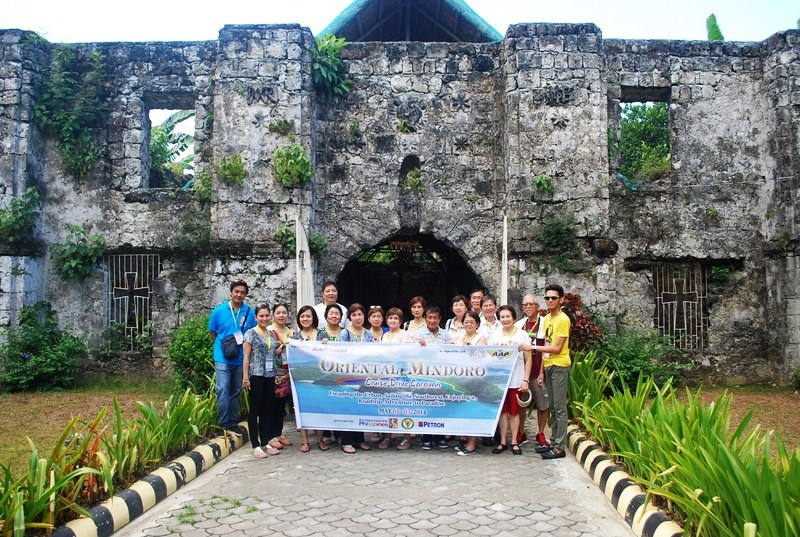One of the most moving highlights of my return to Leyte, 8 months after super typhoon Yolanda (international name: Haiyan) hit the province, was our visit to the town of Palo, one of the most heavily hit places.
Still vivid in my memory was TV footage of the town’s Cathedral of Our Lord’s Transfiguration (which underwent a US$35 million renovation a year ago) and its convent where GMA 7’s Unang Hirit reporter Ms. Lovella “Love” Anover, a native of Alang-Alang, and 500 other people sought shelter at the height of Yolanda. They all watched in horror as the full force of the winds slowly tore off the roof of the newly-renovated cathedral. The traumatized Love later broke down in tears while reporting live on camera.
Of the 76 churches in the Palo Archdiocese, only six remained intact. Palo back then was celebrating its 75th anniversary (diamond jubilee) as an archdiocese. When we arrived there, a new roof had already been installed but much still has to be done as it still needs a ceiling, the main door was still unrepaired and the broken glass at its windows still have to be replaced. A new sight awaited us – a mass grave, fenced off by white ribbon and marked by flowers, for about 100 typhoon victims.
This scene was repeated when we dropped by the church of Brgy. San Joaquin. At the church’s de facto plaza, once a grass yard where youth groups would practice hip-hop dances, a much larger mass grave could be found. Here, over 400 people were laid to rest. A statue of Jesus Christ of the Sacred Heart, with one arm outstretched and the other broken off, towers over the makeshift graves. Youngsters were playfully running around the graves.
At the height of Yolanda, a tsunami-like storm surge reaching 18 ft. hit the barangay. Many drowned in the school beside the church. Luckily, no one was able to seek shelter within the church as the strong early morning winds prevented the opening the church doors to residents. They would have surely drowned. However, at least 25 children lost their lives at another evacuation center. Fr. Kelvin Apurillo, the parish priest, and his 11 sacristans who were trapped in the second floor of his house beside the church, all survived. However, some sacristans lost family members in the flood.
Each marker, with rolls of names (numbering from 2 to 20 with others too long to fit) etched by felt-tip pens on boards fastened to sticks, tells a story. The surnames listed are often the same – spouses, children, in-laws, etc. Beside their names are their dates of birth, many born only past the year 2000 (the most vulnerable and helpless were the babies and young kids). Often, the date of death is not indicated anymore as everyone here knows when all these people died – November 8, 2013.
The mounds of this sudden, eerie cemetery along the highway, some shallow (the holes dug were only thigh-deep) graves containing almost entire clans (in one, 22 died out of 25 members of the Lacandazo family), are marked with tarpaulins or simple plaques and crosses and littered with candles (some lit), keepsakes of the departed (stuffed animals, toys, watches, bracelets, portraits, etc.) and offerings to the missed (plastic or real flowers, rosaries, etc.).
Fittingly, I said a short silent prayer over this final resting place of lives cut short by the same fate. Each one was special. They had names, families, friends and dreams. May the loved ones they left behind continue on living amidst the ruins of their former lives.

